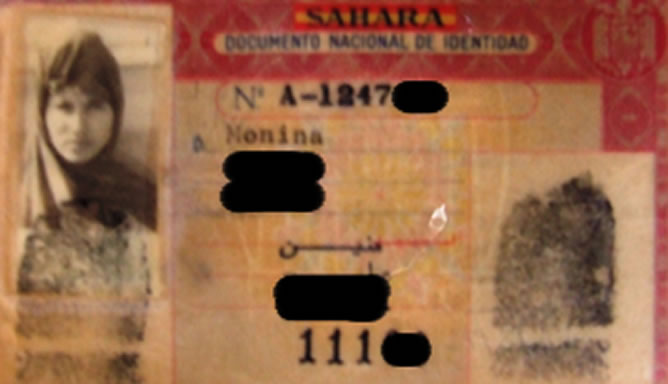


Thus, it remains unclear whether the efficacy seen with such programs can translate into effective BP control in socioeconomically diverse community settings.
#Epub checker 4.0.2 full#
4 – 12 However, these strategies have generally been implemented in selected populations, such as a single healthcare system or payer population, with full healthcare insurance, and among technologically savvy individuals. To date, the most successful blood pressure (BP) interventions have been pharmacist- or nurse-led home BP monitoring programs using web-based technology and automated provider alerts. 2 As a result, the Institute of Medicine has underscored the need for population-based strategies that can reach large numbers of people with hypertension and improve the well-being of entire communities. 1 Among persons <80 years of age, controlling hypertension could avoid an estimated 46 000 deaths annually, making it the single most effective medical service for reducing mortality. Hypertension affects 1 in 3 Americans and is one of the leading causes of morbidity and mortality in the United States. This program demonstrates the potential success of community-based participatory research in managing chronic disease. The programmatic impact was consistent across important subgroups including the uninsured/underinsured and racial and ethnic minorities. This large multicomponent community-based quality improvement program that used physician assistants, community health coaches, Heart360, and remote blood pressure monitoring was associated with population blood pressure reduction. Customer Service and Ordering Information.About Circ: Cardiovascular Quality and Outcomes.Stroke: Vascular and Interventional Neurology.Journal of the American Heart Association (JAHA).Circ: Cardiovascular Quality & Outcomes.Arteriosclerosis, Thrombosis, and Vascular Biology (ATVB).


 0 kommentar(er)
0 kommentar(er)
